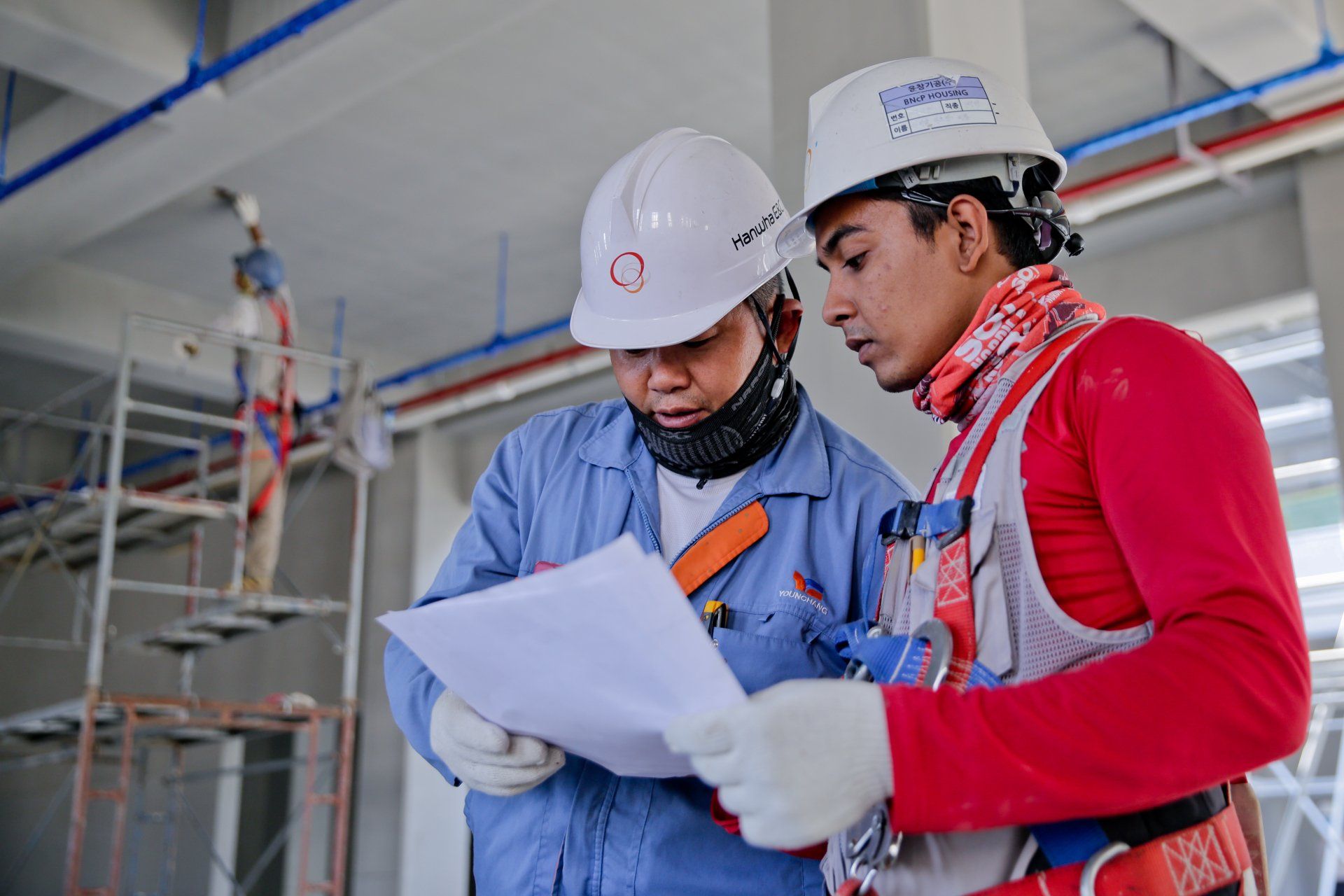
The construction industry across Australia and New Zealand has been grappling with significant challenges in recent years, and Procore's latest report, Towards Zero Defects: A Practical Guide for Construction in ANZ, sheds light on these issues with a focus on quality.
Quality in construction isn’t just a desirable feature; it’s non-negotiable. Time, cost, and quality are the three pillars of a successful construction project, but quality is the one that leaves the most enduring impact.
Unfortunately, many projects across the region have seen these elements fall out of balance, leading to costly mistakes and a loss of trust in the industry.

High-profile failures, such as the Opal and Mascot Towers in Australia and New Lynn’s Merchant Quarter in New Zealand, have underscored the importance of maintaining rigorous standards. Legislative changes, like the enhanced powers given to the NSW Building Commission, highlight that quality can no longer be compromised.
As the industry faces rising labour and material costs, interest rate hikes, and persistent supply chain issues, maintaining quality is more challenging than ever. In 2023, a staggering 28% of business failures in Australia were from the construction sector, with rework consuming 1 in 8 productive hours. Defects, which have become alarmingly normalized, not only erode profitability but also damage reputations and client trust.
The report outlines six critical mistakes that contribute to defects, including ineffective quality control and communication failures. These insights are essential for anyone involved in the construction industry, as they offer a roadmap for improving quality and avoiding the pitfalls that have plagued the sector. By aiming for zero defects, construction firms can save time, reduce costs, and build a reputation for excellence in a highly competitive market.
This goal may seem ambitious, but as the report suggests, it's both necessary and achievable.
At PB Property, we pride ourselves on staying ahead of industry trends and understanding the latest challenges and opportunities in construction. We believe that guiding our clients with up-to-date knowledge and a focus on quality is the key to successful property investments and developments.
As the construction landscape continues to evolve, partnering with a knowledgeable and proactive team like PB Property can make all the difference.
Explore the full Procore report here and learn how you can contribute to a future of zero defects in construction.
share to



